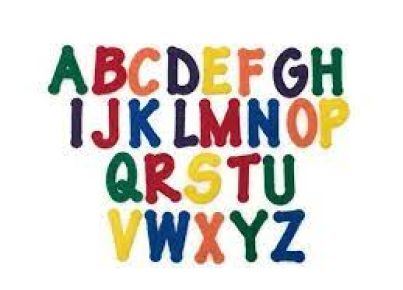With the rapid increase of technologies and gadgets, the reading habit among students has been greatly impacted. As an educator, I have recognized the importance of utilizing social media platforms – Instagram, Twitter, and Snapchat – to turn my students into avid readers. Here is how I’ve used these platforms to achieve this:
1. Instagram Book Clubs:
To cultivate a love for reading among my students, I initiated an Instagram book club where they can share their thoughts on their favorite reads. I created a monthly reading challenge that involves selecting a book, setting up a discussion group, and sharing pictures of their reading progress. Students are encouraged to post their favorite quotes from the book, pose questions to their peers and even share fan art to engage in the story as a community.
2. Using Hashtags and Twitter Chats:
The use of hashtags in Twitter is an excellent way of connecting with a diverse audience interested in similar topics. By organizing weekly Twitter chats under specific tags like #YouthBookChat or #ClassroomReads, students are encouraged to participate in discussions beyond our classroom doors. They can interact with authors they are currently reading while also discovering new books and developing camaraderie with like-minded readers around the globe.
3. Snapchat Reading Challenges:
Snapchat’s ephemeral nature makes it an exciting platform to issue short-term reading challenges for my students. By creating custom filters or lenses related to the current book in focus, Snapchat encourages visual storytelling while providing motivation for my students to complete their reading assignments within a designated time period.
4. Collaborative Storytelling:
I often assign group projects where students collaborate using social media platforms like Instagram or Snapchat as their storytelling canvas. This activity fosters teamwork while enhancing their creativity and comprehension skills. They create visual stories inspired by what they’ve read through images, videos, captions, and more; inviting their fellow students to engage with their works while further immersing themselves in the literature they are reading.
5. Author Interactions on Twitter and Instagram:
Inviting authors for live Q&A sessions or hosting book-related contests on Twitter and Instagram can be a rewarding experience for my students. This one-on-one interaction allows them to directly engage with the creators of the stories they are reading, providing an unprecedented understanding of their thoughts and inspirations.
6. Reading Campaigns and Cross-Platform Integration:
Creating special campaigns like “Workshop Wednesdays” where students showcase their learned skills or “Friday Reads” discussions where various platforms like Instagram, Twitter, and Snapchat interconnect, fosters engagement among students keen to share their common passion for books.
By actively incorporating social media platforms into our classrooms and empowering our students with the opportunity to discuss, explore, and share their love of reading and learning, we can successfully turn them into enthusiastic readers for life.





